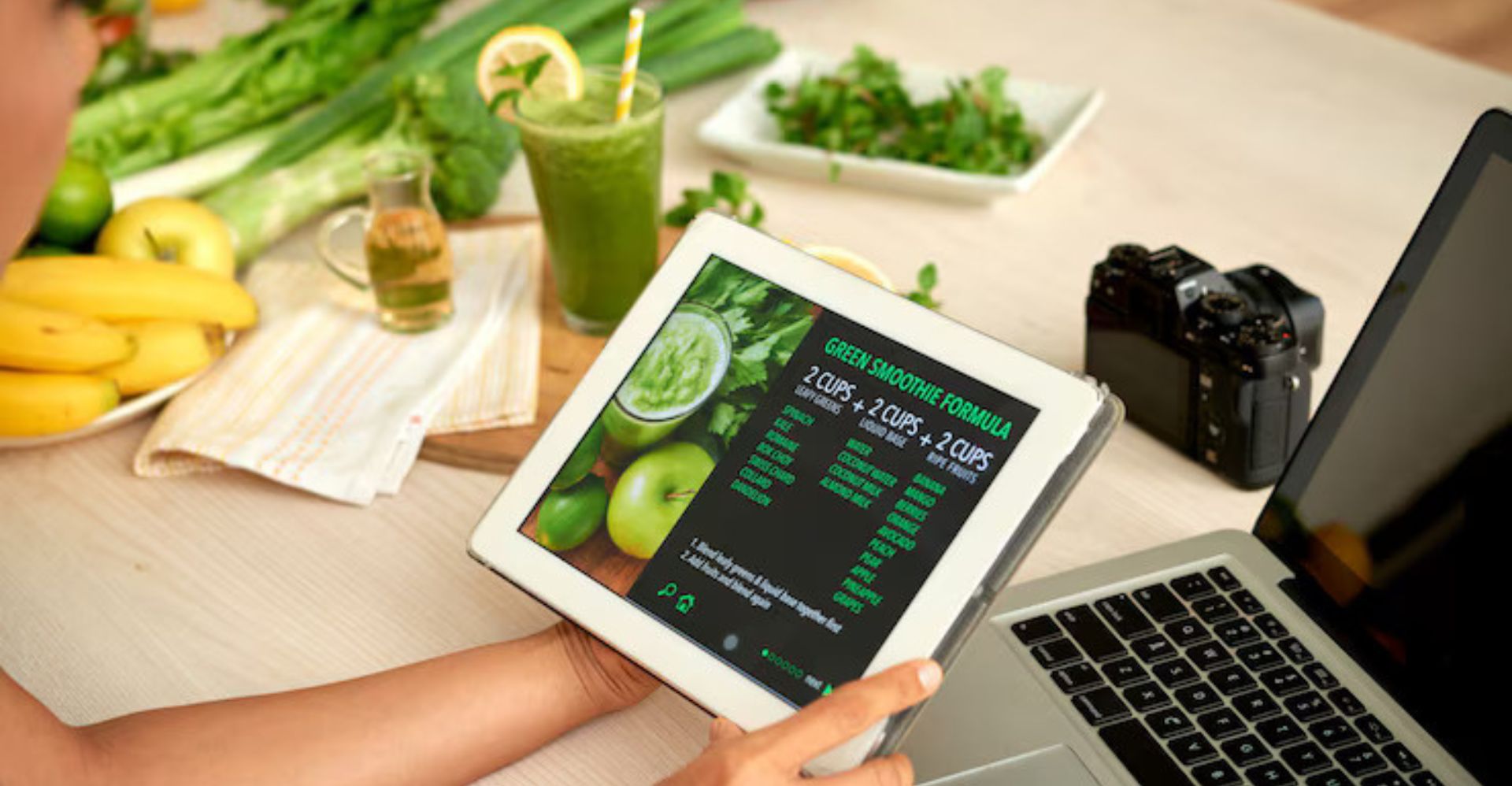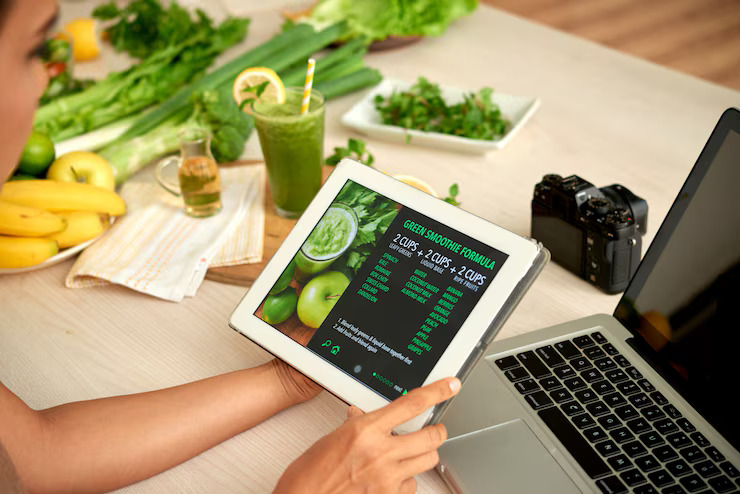
- April 22, 2025
- admin
- 0
5 Key Metrics for Measuring Quality in Food & Beverage Industry

Due to technological advancement, various industries, including the food and beverage industry, have shifted their decision-making process to a data-driven approach. Based on analytical data, calculated decisions are being made to maximize the workings of the manufacturing plant.
The result of the process? Better data and insights that lead to the growth of the business.
Metrics for Measuring Quality in F&B
Multiple metrics and KPIs exist in the industry based on plant turnover, customer satisfaction, inventory updates, and so on. Let's look at the top metrics for measuring quality in this industry.
1. Overall Equipment Effectiveness (OEE)
The OEE metric is essential for measuring the plant's equipment and evaluating its efficiency. OEE works on three different metrics.
- Performance—The performance metric compares a machine's working capability to its maximum capability. It is measured by dividing the current production rate by the maximum production rate.
- Quality - As the name shows, the quality of products manufactured is measured. The formula for the same is dividing total good products by total products manufactured.
- Availability is one of the factors that calculates operational time. It is calculated by the current operating time divided by the planned operating time.
2. Yield Rate
To measure the efficiency of the plant's manufacturing process, the yield rate compares the quality of the finished product to the quality of the raw materials being used.
The formula to calculate the yield rate is -
Number of good food products/ total ingredients used * 100
Managing the appropriate yield rate leads to waste management in the F&B industry.
3. Shelf Life
For food manufacturers, shelf life is essential as it raises concerns over product quality and expiration dates. The metric is calculated by comparing the remaining shelf life of products while selling or at the point of consumption to the total shelf life of that particular product.
The shelf life metric ensures the product's freshness is optimum and best for the consumers.
4. Supplier Lead Time
This measure shows how long a supplier typically takes to supply ingredients, raw materials, or other necessary components once an order is placed. By monitoring supplier lead times, food and beverage producers can avoid manufacturing delays, preserve supply continuity, and improve inventory management.
5. Inventory Turnover
A crucial indicator in the food and beverage sector, inventory turnover assesses how well inventory resources are managed. It is a financial metric that contrasts COGS with the typical inventory level during a specific time frame.
Implementing inventory software helps keep checks easy and takes you one step closer to digital transformation in the food and beverage industry.
Why are Metrics Essential?
- Helps Tackle Problems
Tracking and keeping the progress sheet updated with metrics will help identify problems early at the food and beverage plant. For example, if data shows high maintenance costs, it might be possible that the machine has become obsolete or requires major repair to prevent uncalled downtime.
- Tracking Progress
Setting a plan and moving towards it is one thing, but keeping calculated progress and being updated are another. With the help of metrics, you can easily track your progress and make necessary changes as you move ahead with the pre-decided plan.
- Target & Meet Important Objectives
Focusing on metrics and KPIs helps you focus on essential aspects of business, such as customer satisfaction, optimum productivity, eliminating unnecessary costs, and more. By focusing on metrics, manufacturers can gain actionable insights and work to improve these numbers for the business.
Conclusion
Apart from the five KPIs and metrics mentioned above, the food and beverage industry has multiple other options to select from. Depending upon an individual’s business objective, one can choose which one to calculate and follow for business growth.
By aligning KPIs with decision-making, you can make better business decisions, reduce waste, improve profits, and grow largely in the food and beverage industry.
Ready to uplift your food and beverage manufacturing business? Connect with our professionals at FactroyWorX and take your business to the food industry 4.0.
Categories
Recent Posts
- 5 Key Metrics for Measuring Quality in Food & Beverage Industry
- Types of Waste in Food & Beverage Manufacturing and How to Eliminate Them
- 5 Proven Strategies to Reduce Downtime in Your Food & Beverage Plant
- The Ultimate Guide to Digital Transformation in Food & Beverage Manufacturing
- Adapt a Continuous Improvement in Manufacturing to Cut Unproductive Work

